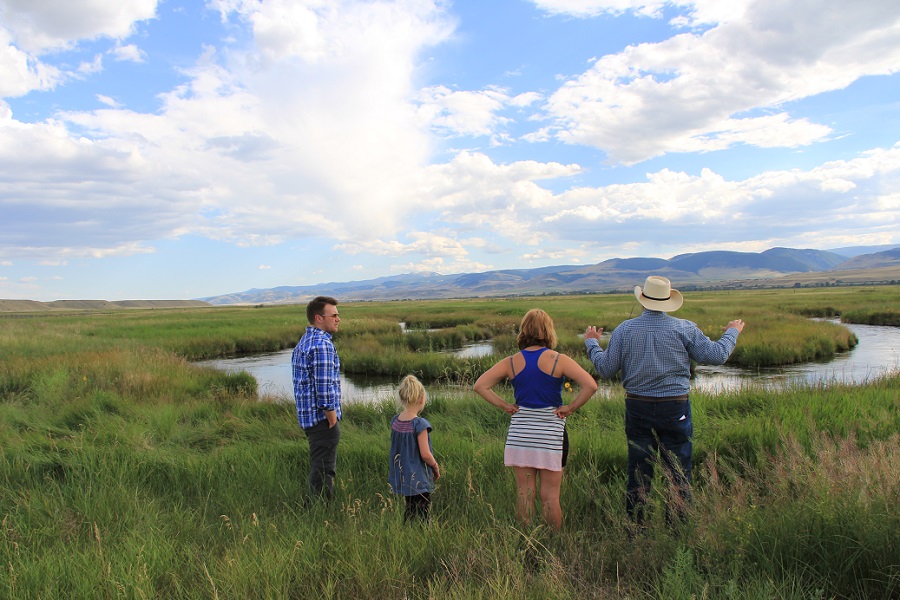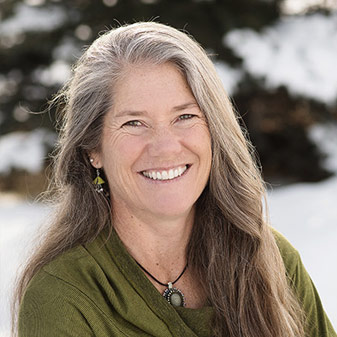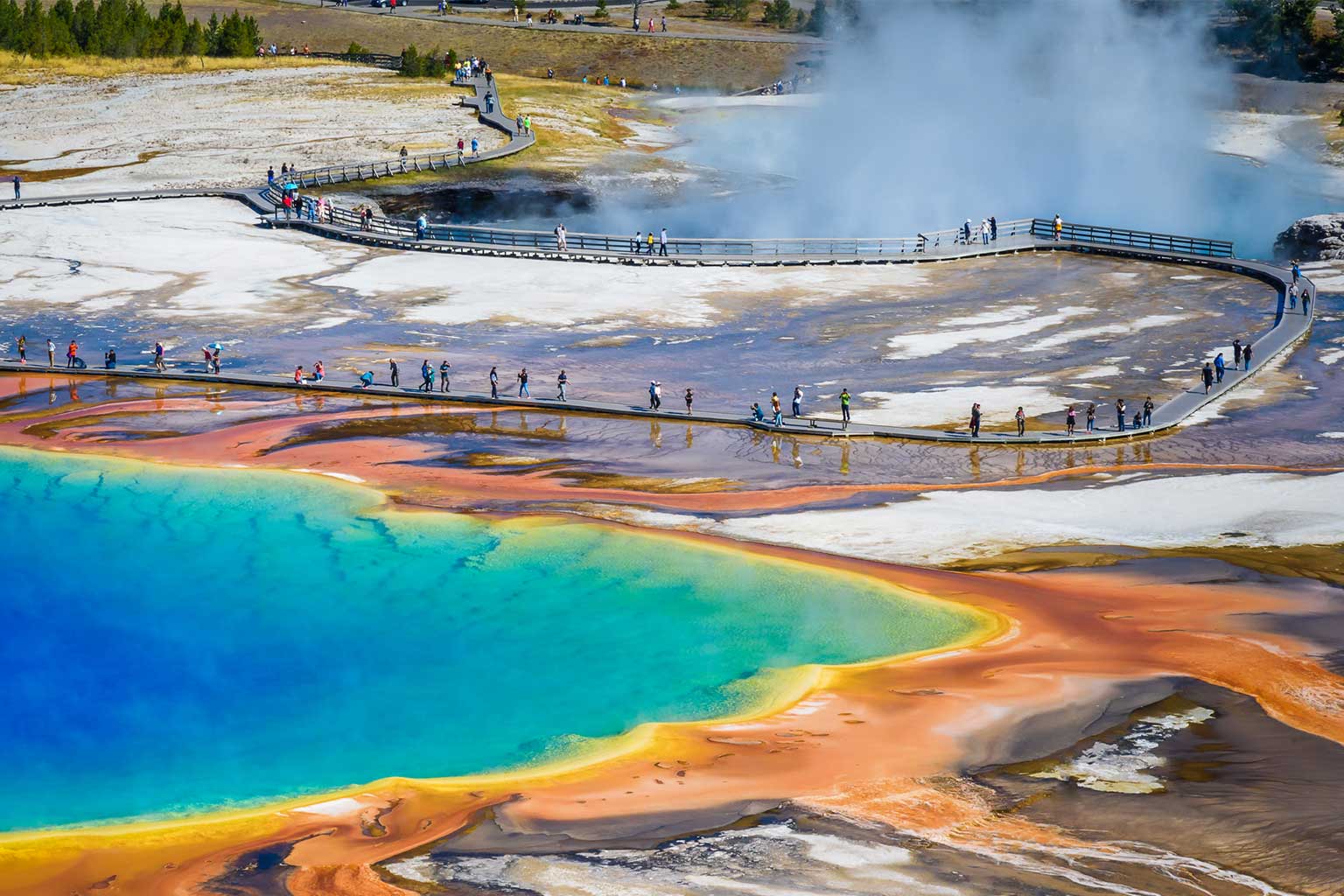“Conservation will ultimately boil down to rewarding the private landowner who conserves the public interest.” — Aldo Leopold
Jeff Lazslo’s 13,000-acre ranch sits in the middle of the Madison Valley amidst a one million-acre corridor that runs from the small town of Ennis, Montana, south to Yellowstone National Park. The valley is channeled by the Madison River and framed by the Madison and Gravelly mountain ranges. Most of the valley is privately owned, skirted by federal lands and an occasional state allotment.
In the last decade, eight miles of spring-fed creeks and more than 500 acres of wetlands have been restored on Lazslo’s Granger Ranches. In the 1950s miles of drainage canal were excavated into the land to dry up swampy ground and make it more agriculturally productive. Additionally, the headwaters of O’Dell Creek, which lie in the lowlands of the Granger, were rerouted into a shallow, straight ditch that would often reach 70 degrees—a perilous temperature for native trout. This story in not unique; many wetlands were filled under government subsidy programs in the midtwentieth century to enhance production and livestock forage.
While Jeff Lazslo has restored 500 acres of wetlands, he points out that wetlands are actually very rare, making up “less than 2% of the landscape in the Rocky Mountain West.” The restoration of wetlands along the Granger spring creek helps provide a reliable source of cold, clean water for wildlife. When ranchers take conservation measures such as those taking place on the Granger, they provide public benefits, often without compensation to those who provide them. Despite these complications, Laszlo is one of many private landowners investing in conservation efforts to protect their land and enhance its wildlife habitat.
The O’Dell Creek Restoration Project on the Granger Ranches has been funded with both public and private dollars. While the ranch is not open to the public, it provides great benefits to neighboring landowners and people who fish downstream. The additional dollars have helped protect open space, enhance wildlife corridors, and create quality habitat for fish and avian species. Regardless, some people believe that public money should only be spent where public access is part of the equation. This can be a nonstarter when it comes to convincing private landowners to partner with agencies and others to pursue conservation work like the Granger Ranches have done. Laszlo has made an effort to involve the public through ranch hosted tours and other educational opportunities. “I love taking people down to the wetlands project and sharing this incredible place. It is inspiring to see what can be done when we work together. If all people want to talk about is access, I think they are missing the point entirely.”
To Jeff’s point, Terry Anderson’s latest research is dedicated to both the question of public access in Montana, as well as the many benefits to wildlife and communities derived from private conservation in the public interest.
Read more about this public-private partnership to restore wetlands on the Granger Ranches.




